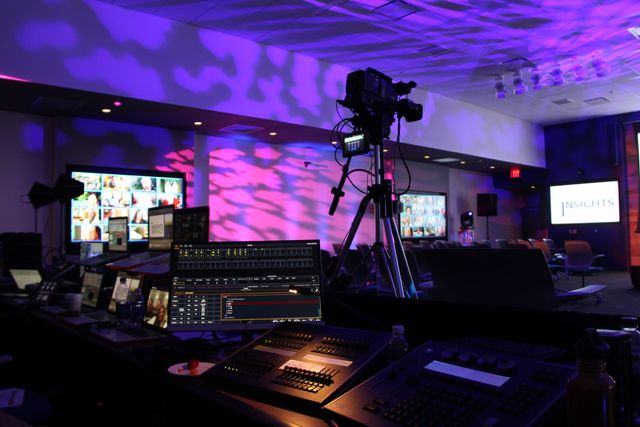Transforming Audience Interaction Through Immersive Virtual Reality Experiences within Real-time Productions
Transforming Audience Interaction Through Immersive Virtual Reality Experiences within Real-time Productions
Blog Article
In recent times, digital reality has emerged as powerful tool for enhancing audience engagement in real-time productions. This technology enables audiences to submerge oneself in a three-dimensional environment, crafting a unique experience that traditional formats cannot easily replicate. By using VR, producers can move viewers into the heart of the performance, making them sense as if they are integral of the performance. This innovative approach not just captivates audiences but also opens up new opportunities for narrative and interaction.
One of the key advantages of using VR in real-time performances is the capability to forge a more engaging experience. Audiences can interact with the show in real-time, influencing the outcome or exploring different viewpoints. For instance, in a stage production, audiences using VR goggles can select to pursue particular roles or segments, enabling them to customize their experience. This level of interactivity cultivates a deeper bond between the viewers and the show, rendering it even unforgettable and significant.
Additionally, VR technology can enhance the visual and auditory elements of a real-time performance. With high-quality graphics and sound design, producers can build stunning see this site environments that draw viewers in. This immersive characteristic can elevate the overall encounter, making it more engaging and enjoyable. For instance, a musical performance can be transformed into a multi-sensory encounter, where audience members experience as if they are standing in front with the performers. Such improvements not just attract larger audiences but also encourage repeat viewing, as viewers seek to relive the excitement.
Alongside enhancing viewer involvement, VR can also offer insightful data for creators. Through examining how audiences interact with the digital setting, producers can collect information on viewer preferences and behaviors. This data can guide upcoming performances, helping to tailor content to better satisfy the demands and wants of the audience. As a result, VR not only enriches the current experience but also contributes to the evolution of live productions as a whole.
As the advancements progressing to advance, the potential for VR in real-time performances is immense. Ranging from stage shows and musical events to athletic competitions and celebrations, the possibilities are endless. Through embracing this innovative approach, producers can revolutionize the way audiences engage with real-time performances. With more creators explore the integration of VR, it is probable that we will witness a change in how shows are designed and delivered, eventually resulting to a greater immersive and interactive future for live performances.